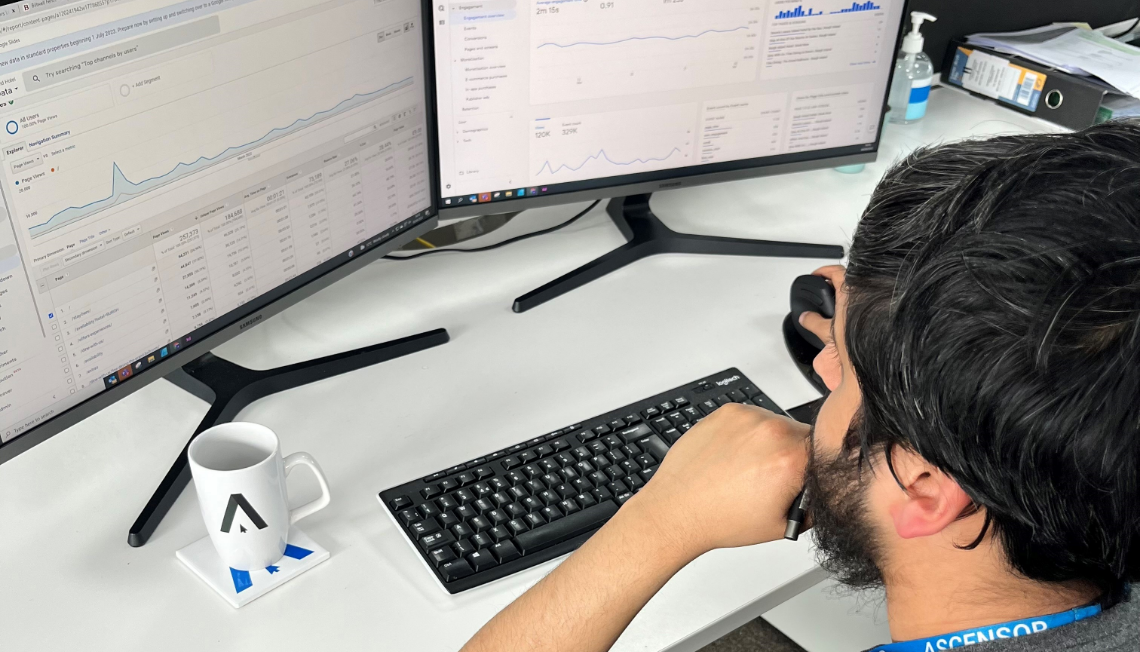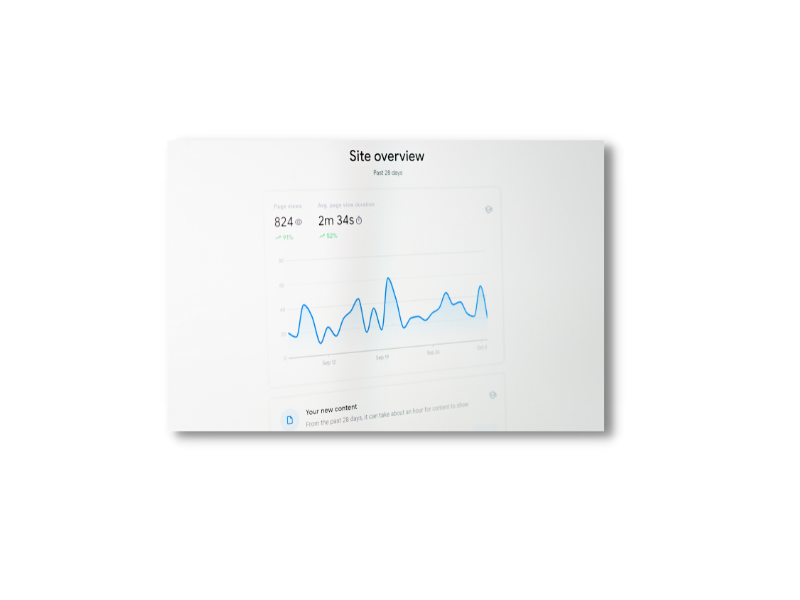
Google has announced that it’s winding down Universal Analytics, with support for the data collection platform ending in mid-2023.
The tech giant is now promoting Google Analytics 4 (GA4) as the new go-to solution for monitoring website activity - and the announcement signals that, if you haven’t already done so, your business needs to start the move over to GA4.
Why is UA being phased out?
Launched almost 10 years ago, Google says that Universal Analytics has become obsolete, and it’s unable to deliver cross-platform insights.
UA focuses solely on recording user sessions. That works fine for businesses, products and services that rely solely on a single platform (like your company’s website viewed from a desktop computer), but it takes a lot of work to connect and record cross-device, cross-platform usage, for example including data from native apps and PWAs.

What is Google Analytics 4?
GA4 has existed for more than a year, but adoption has so far been relatively slow. The new system measures data across websites and apps and is designed to meet a number of key business objectives, such as generating leads, driving sales and connecting online and offline customer engagement.
Some of the benefits of GA4 include:
Data privacy by design: access to cookie-less and IP-anonymised tracking capabilities.
Improved cross-device tracking: using Google signals to help collate user journeys across multiple devices.
Better data accuracy: less reliance on data sampling than previous versions of Google Analytics, allowing for a more complete and accurate picture of user interactions.
Machine learning: access to automatic insights and improved machine learning algorithms.
Improved custom reporting: giving you the ability to create more in-depth reports about how users are interacting with your digital properties.
What does this mean for my business?
The transition may sound like a lot of work, but don’t panic. Google is giving businesses and certified Google Partners like Ascensor plenty of time to adjust. If you’re still using Universal Analytics, you’ll need to act soon in order to avoid data loss from July 1 2023 onwards, when new statistics will stop being processed.
Previously recorded UA data will remain available for at least six months after that date. We recommend that you start using GA4 in parallel with Universal Analytics, and use the intervening period to get familiar with the interface and its new capabilities.
Configuring it now also allows you to begin recording metrics and tracking the KPIs that matter to your business, ensuring that historical data is available when it’s needed.
If you set up your GA4 property before June 30 2022, you will have enough historical data to complete year-on-year and trend analysis from July 2023.
Making the switch to GA4 will also ensure that your Google Ads accounts are still able to work effectively if you’re using imported conversion data.
How easy will moving to GA4 be?
Due to GA4’s new-style data structure, it may not feel like a straightforward migration for everyone.
Moving from session-based to event-based requires a new way of thinking, and getting that structure right is crucial to ensuring the data you collect is logical and efficient.
But despite the major changes, there are many aspects of the new platform that will benefit your business and help you increase conversions.
Ascensor’s analytics experts are here to help if you need some support implementing the change from Universal Analytics to Google Analytics 4. Just click here and we’ll be more than happy to discuss it with you.